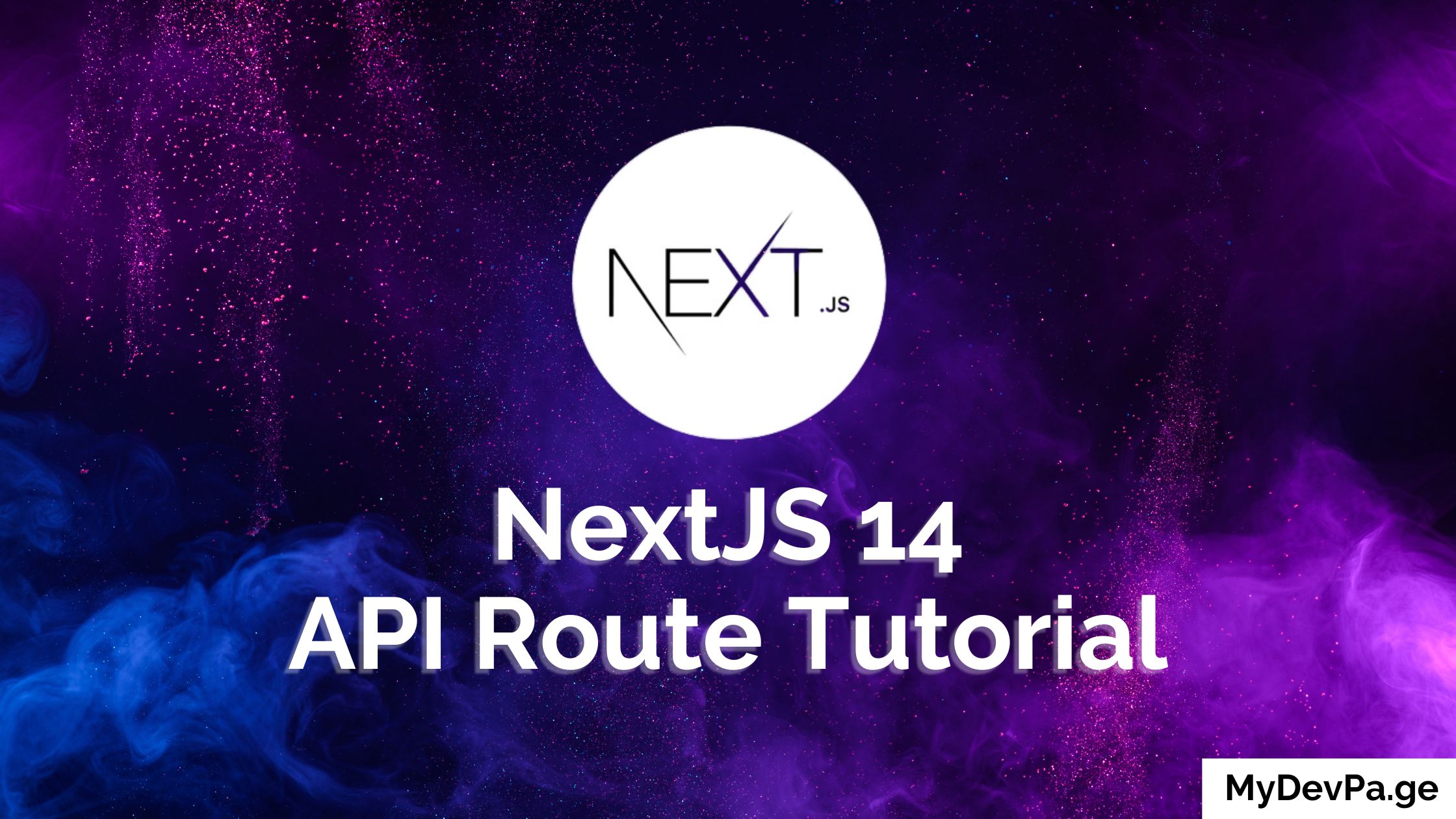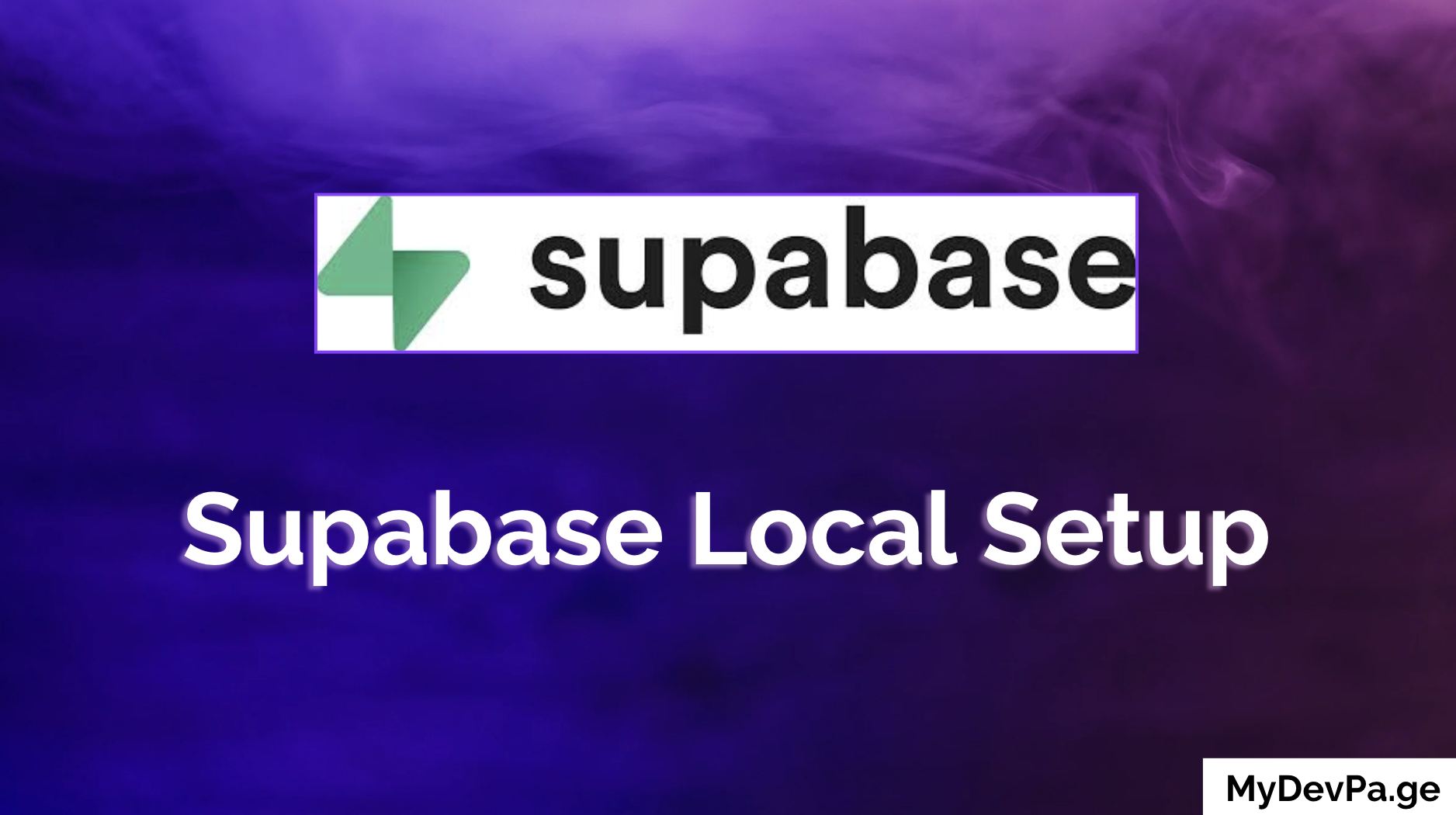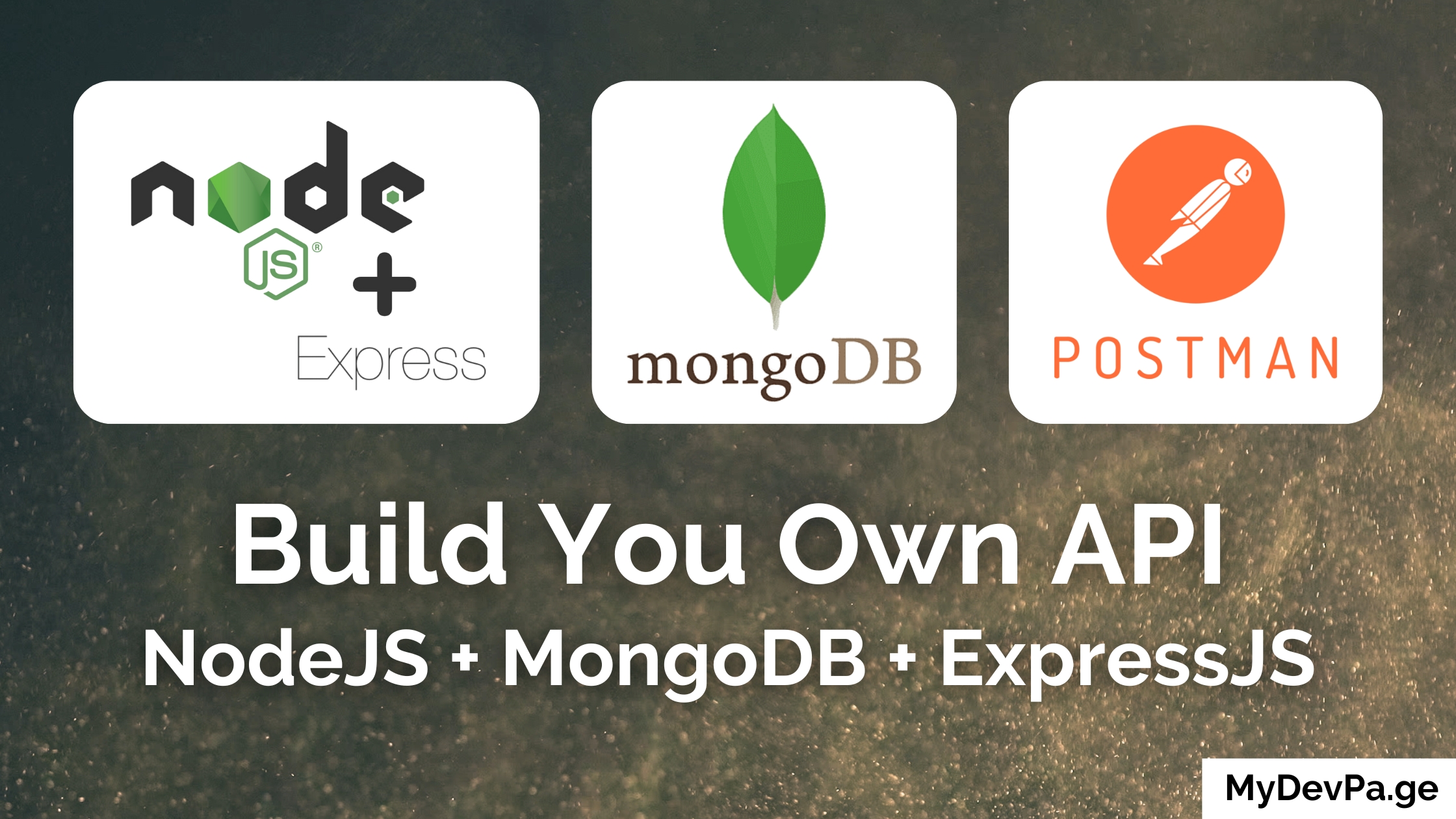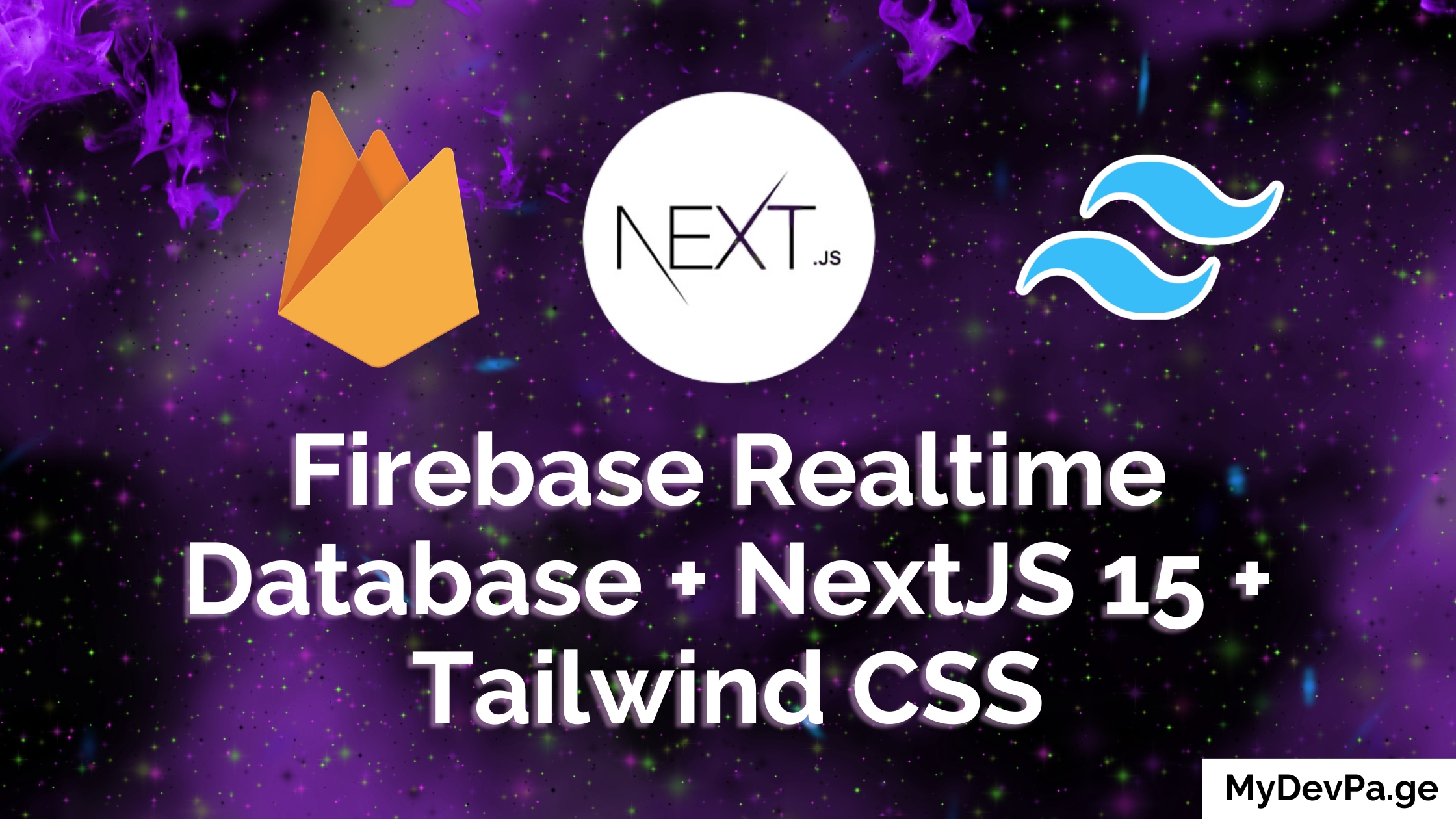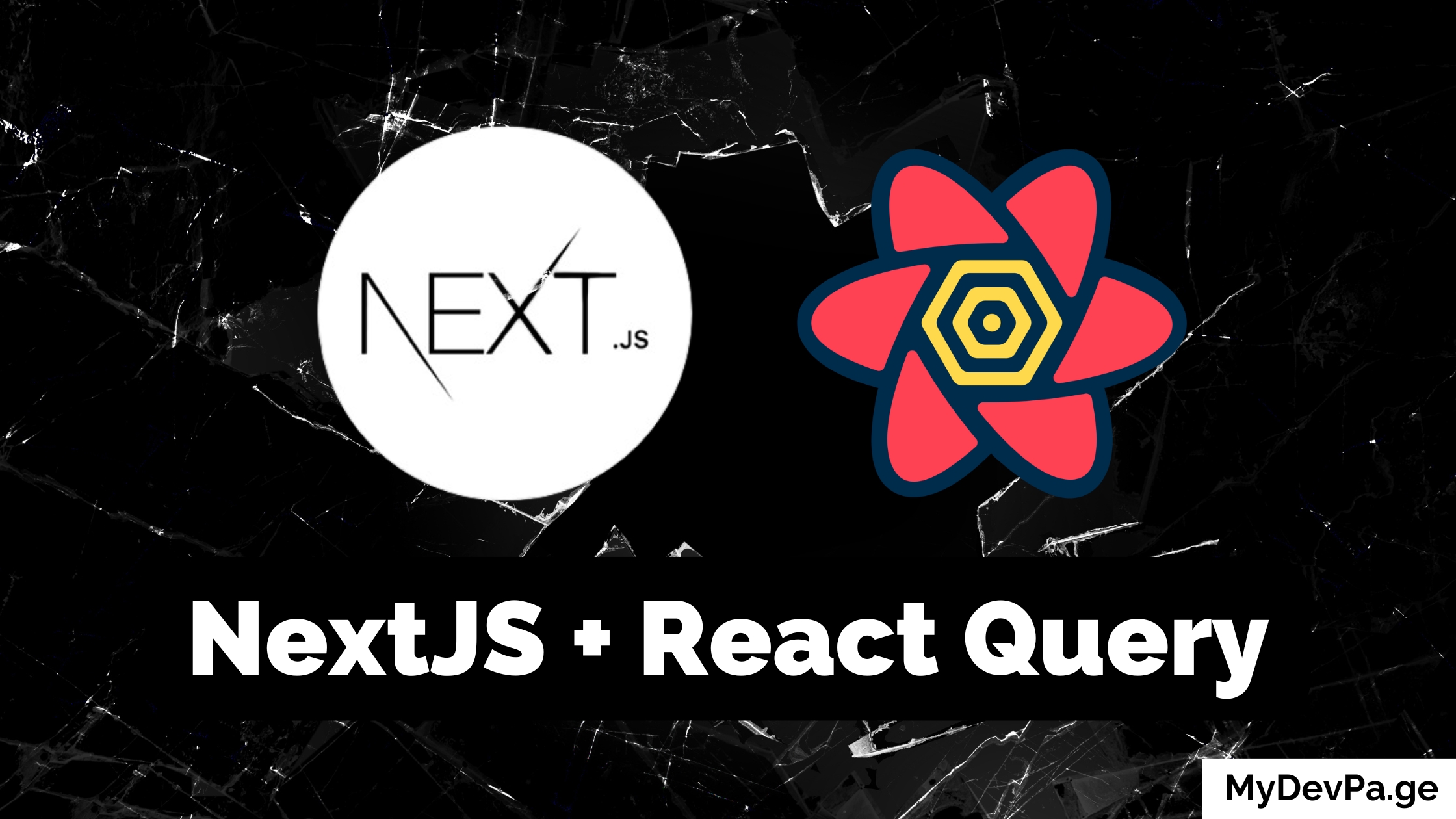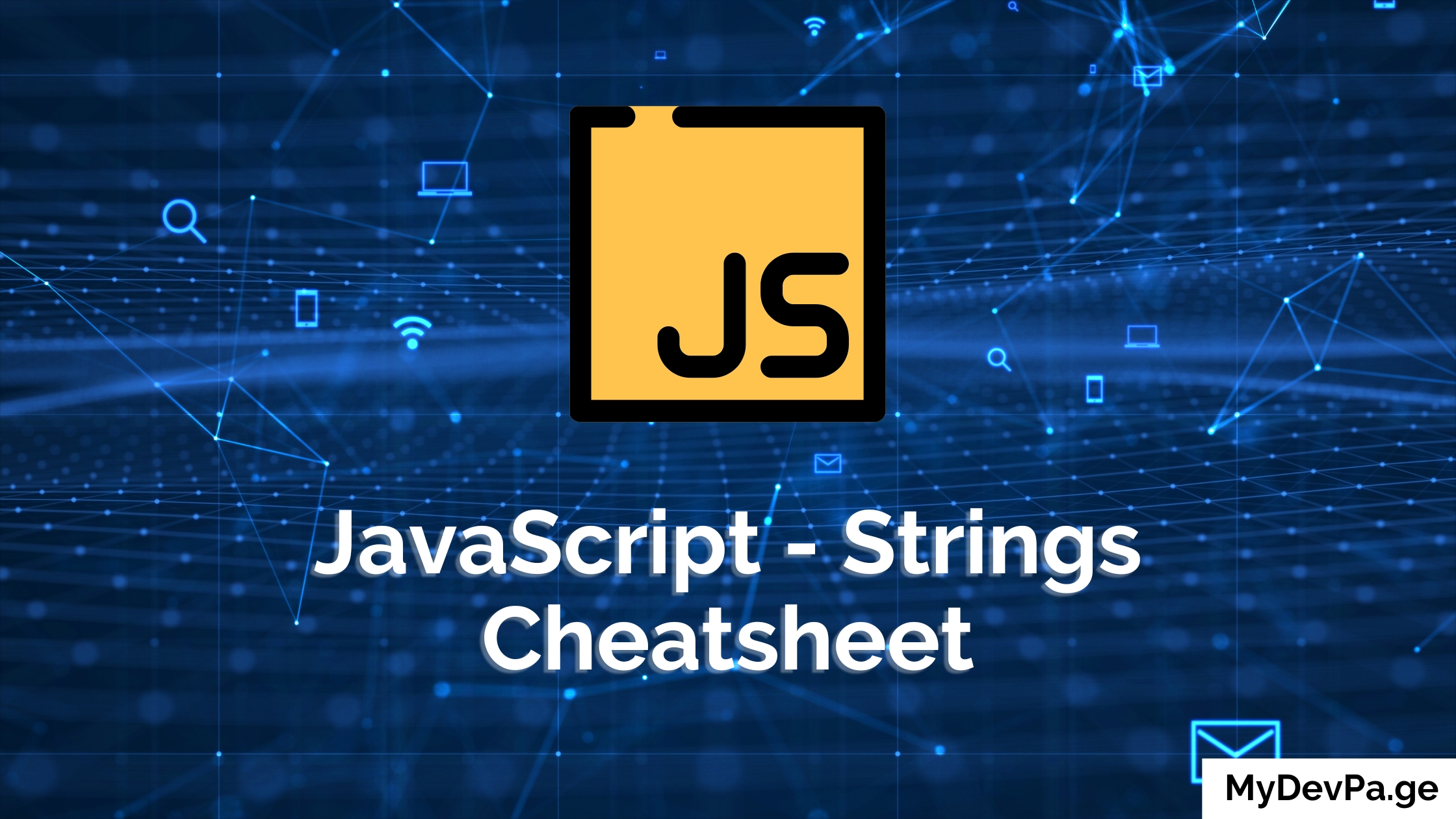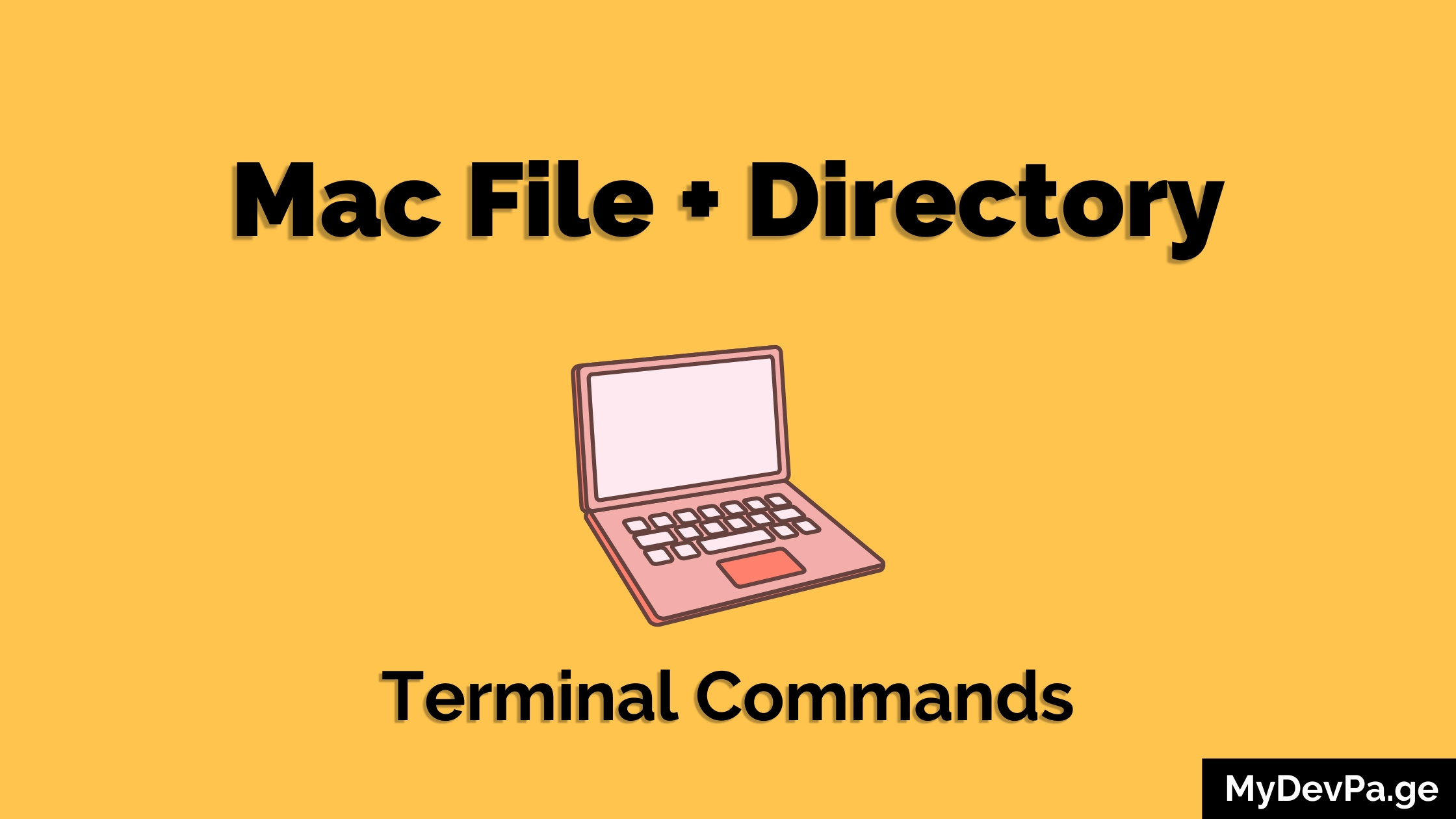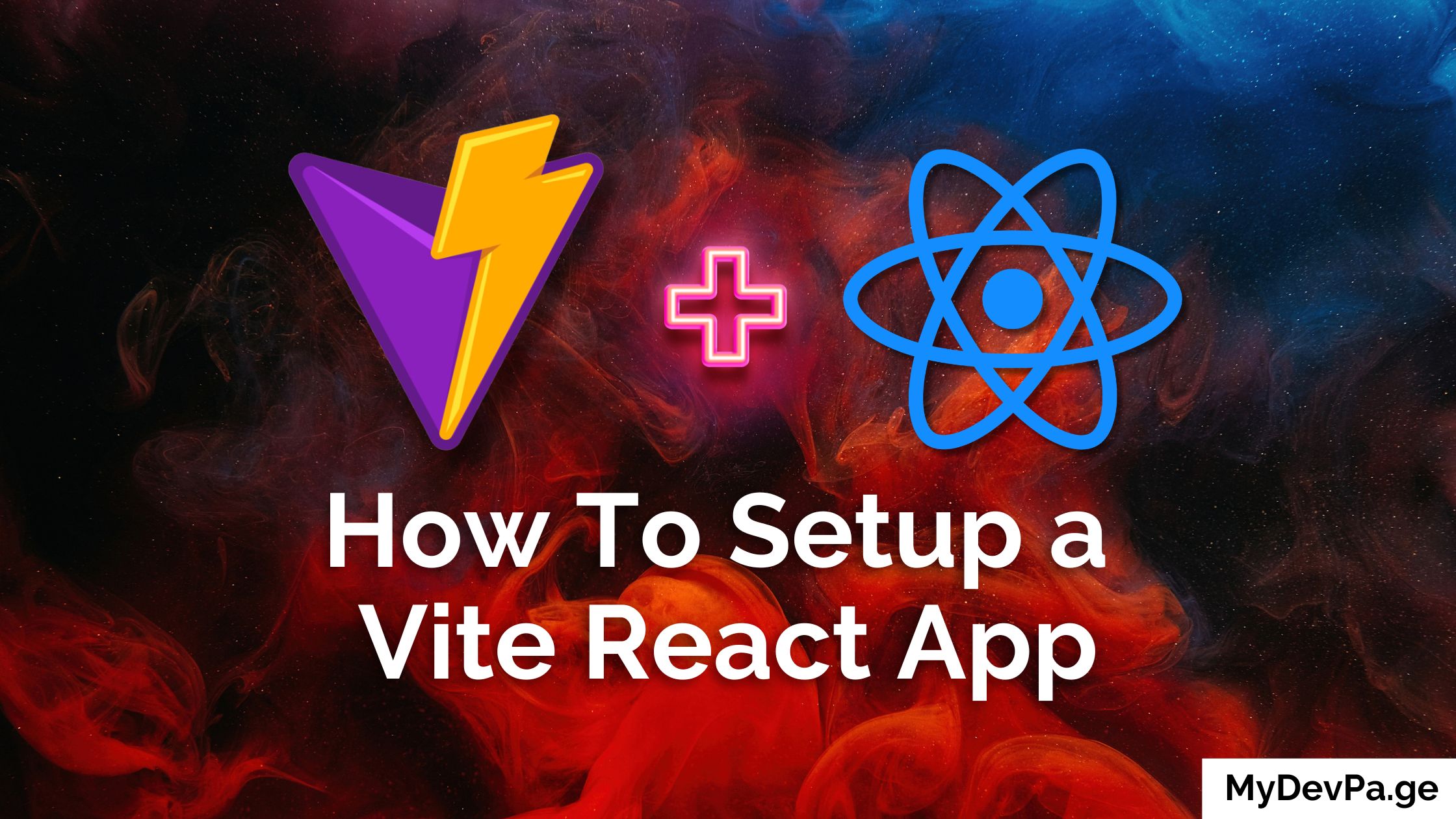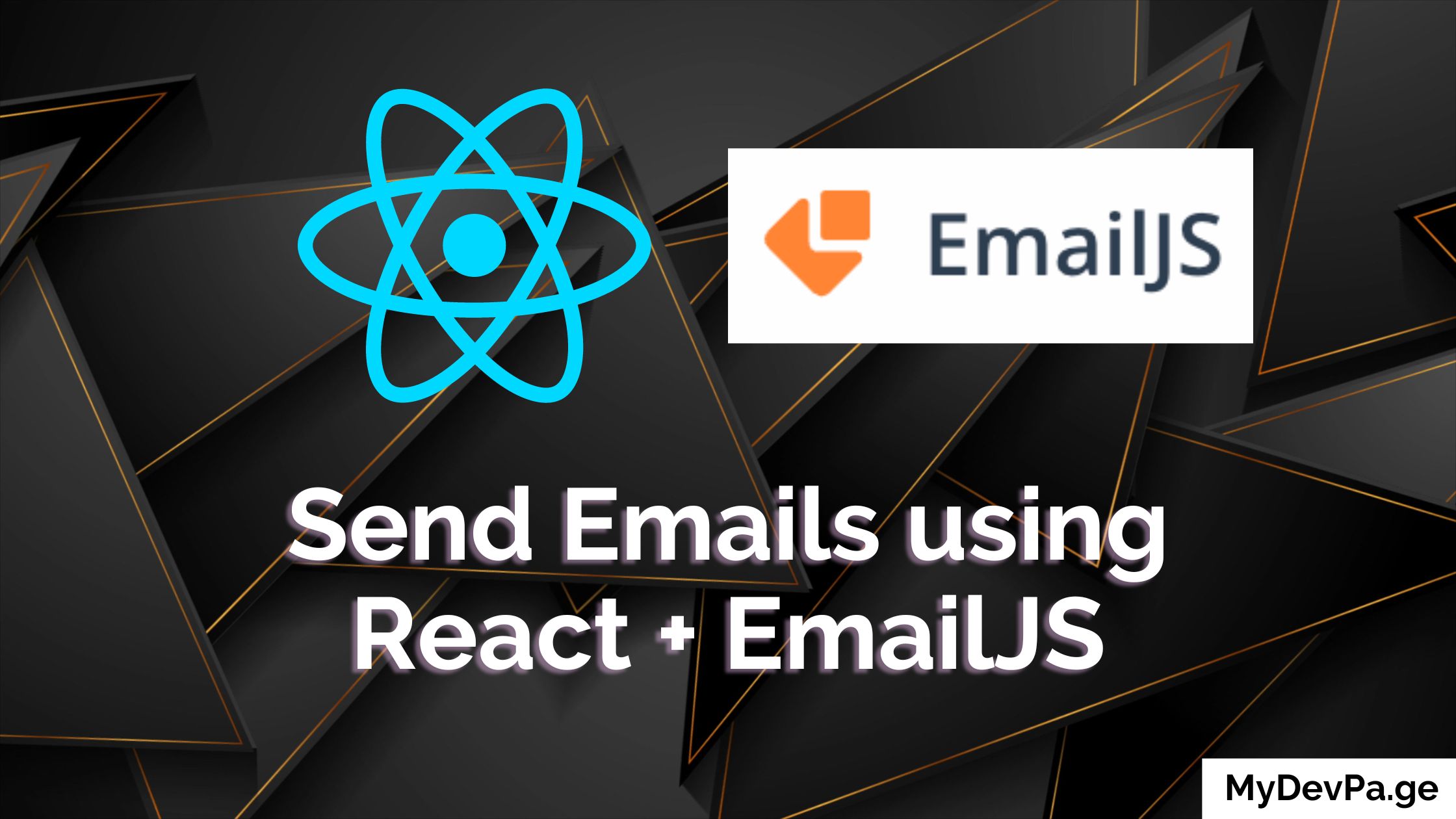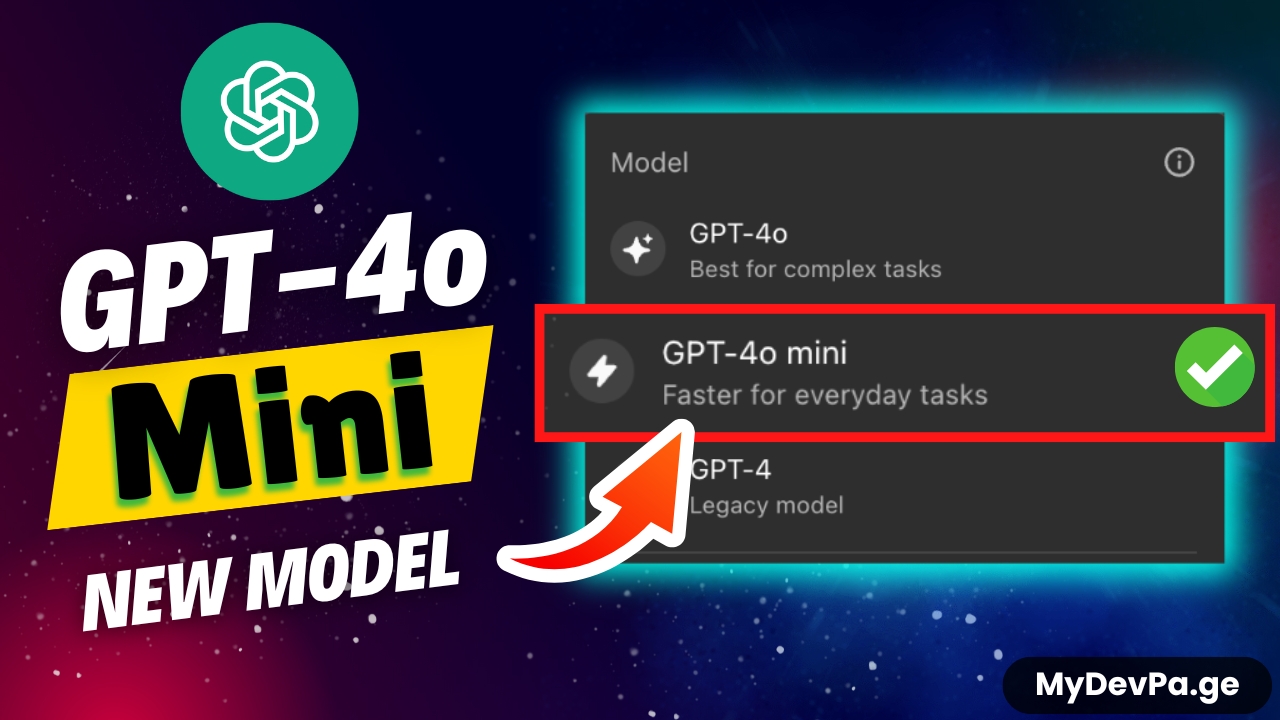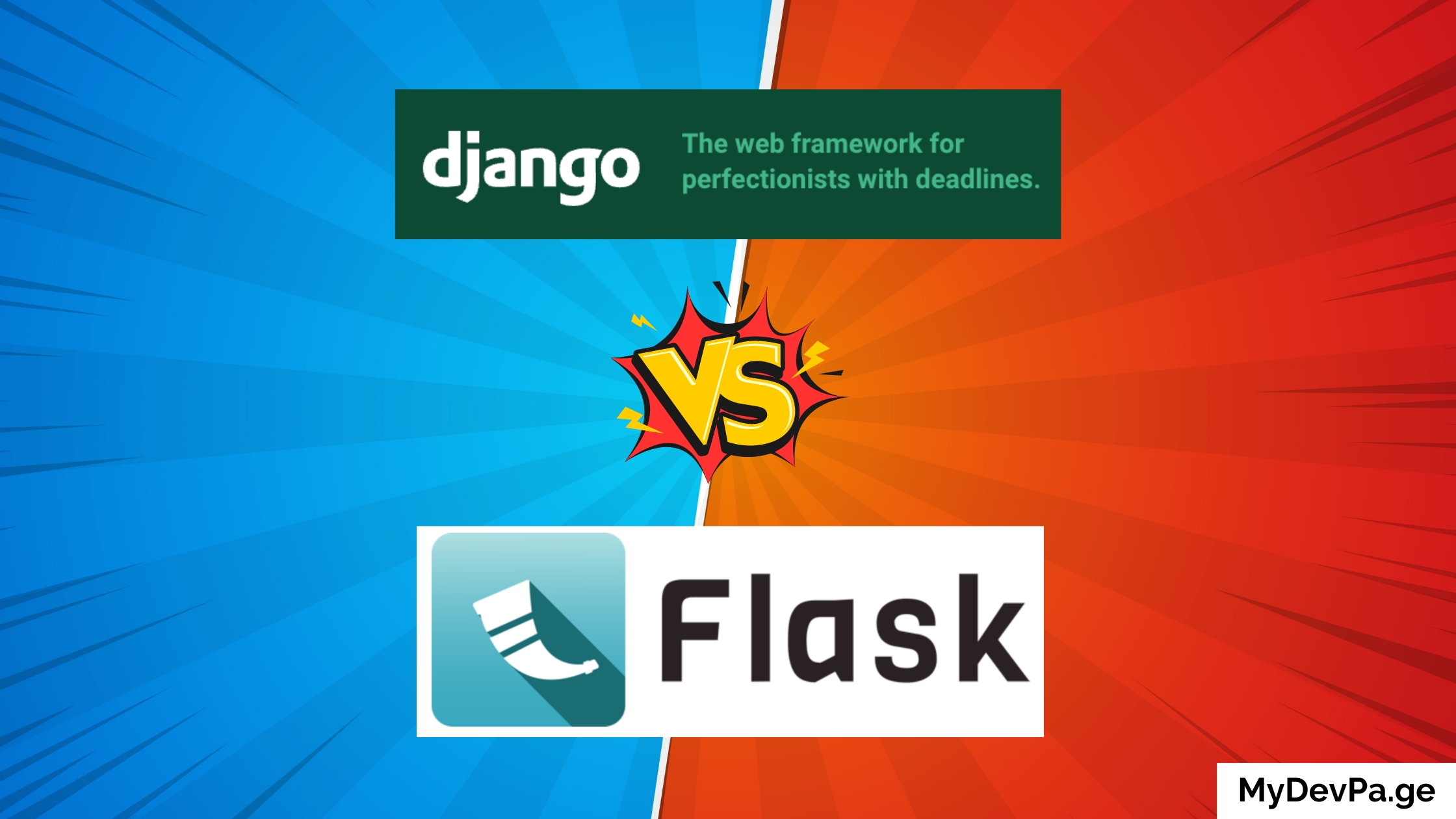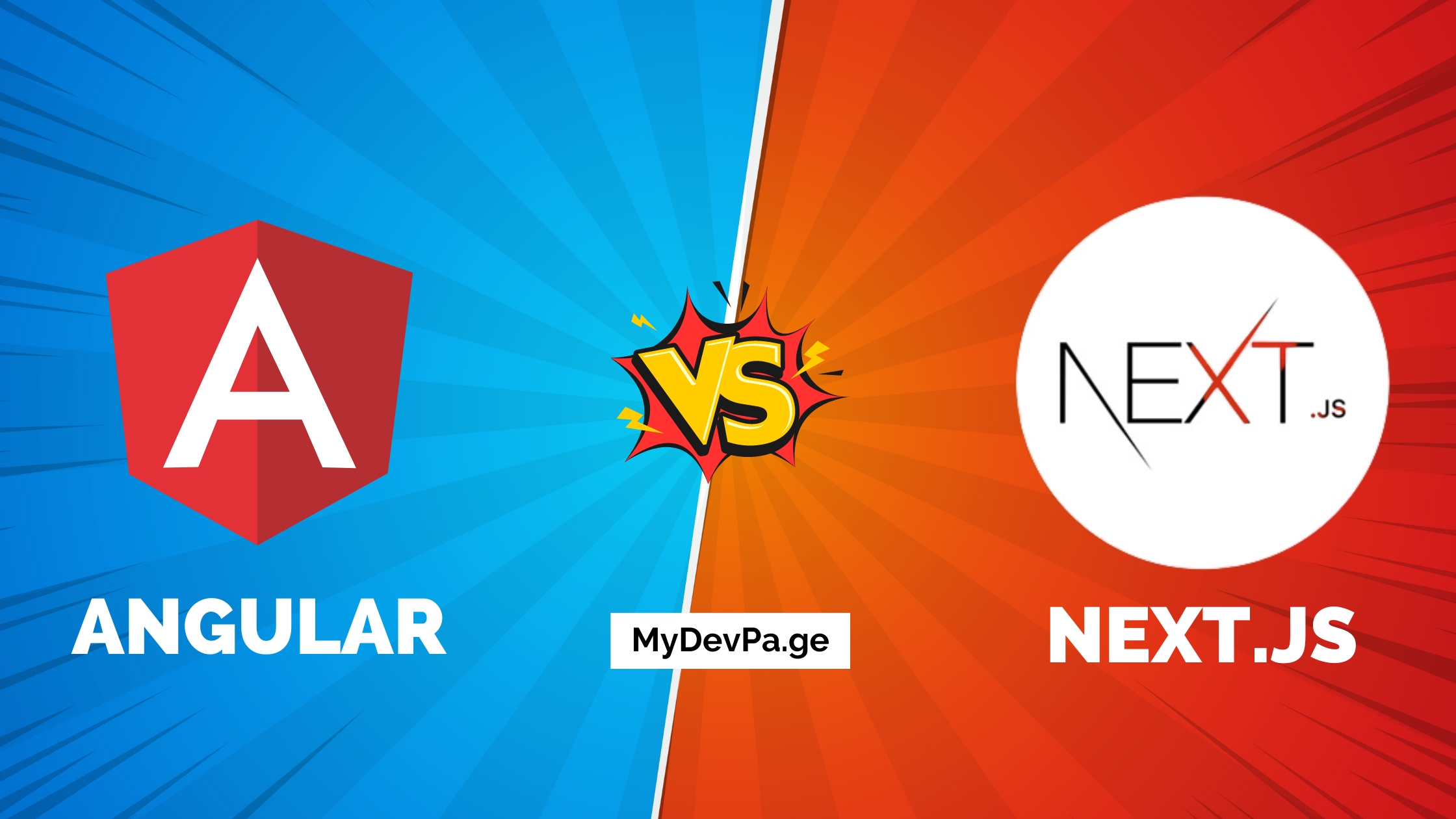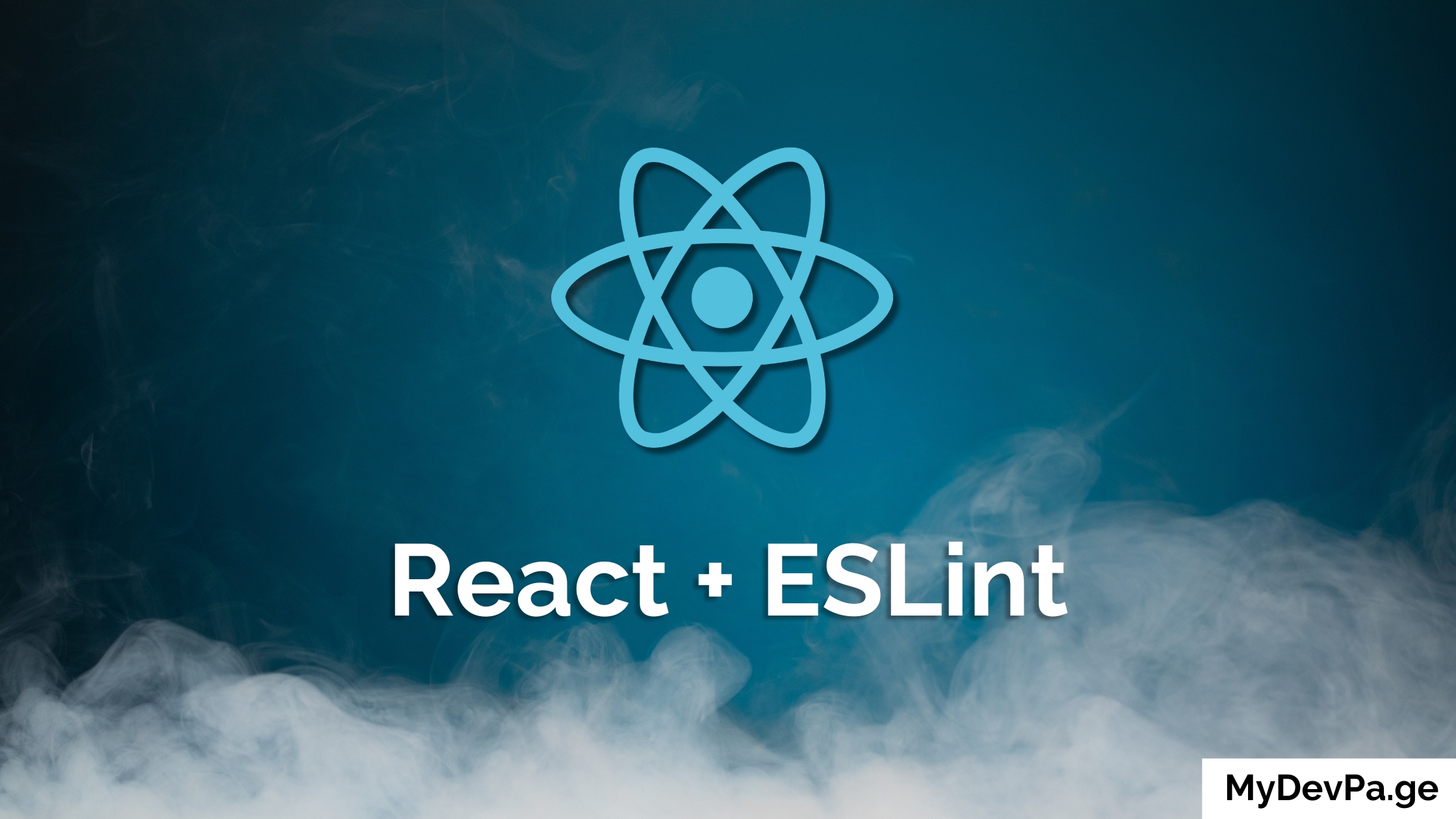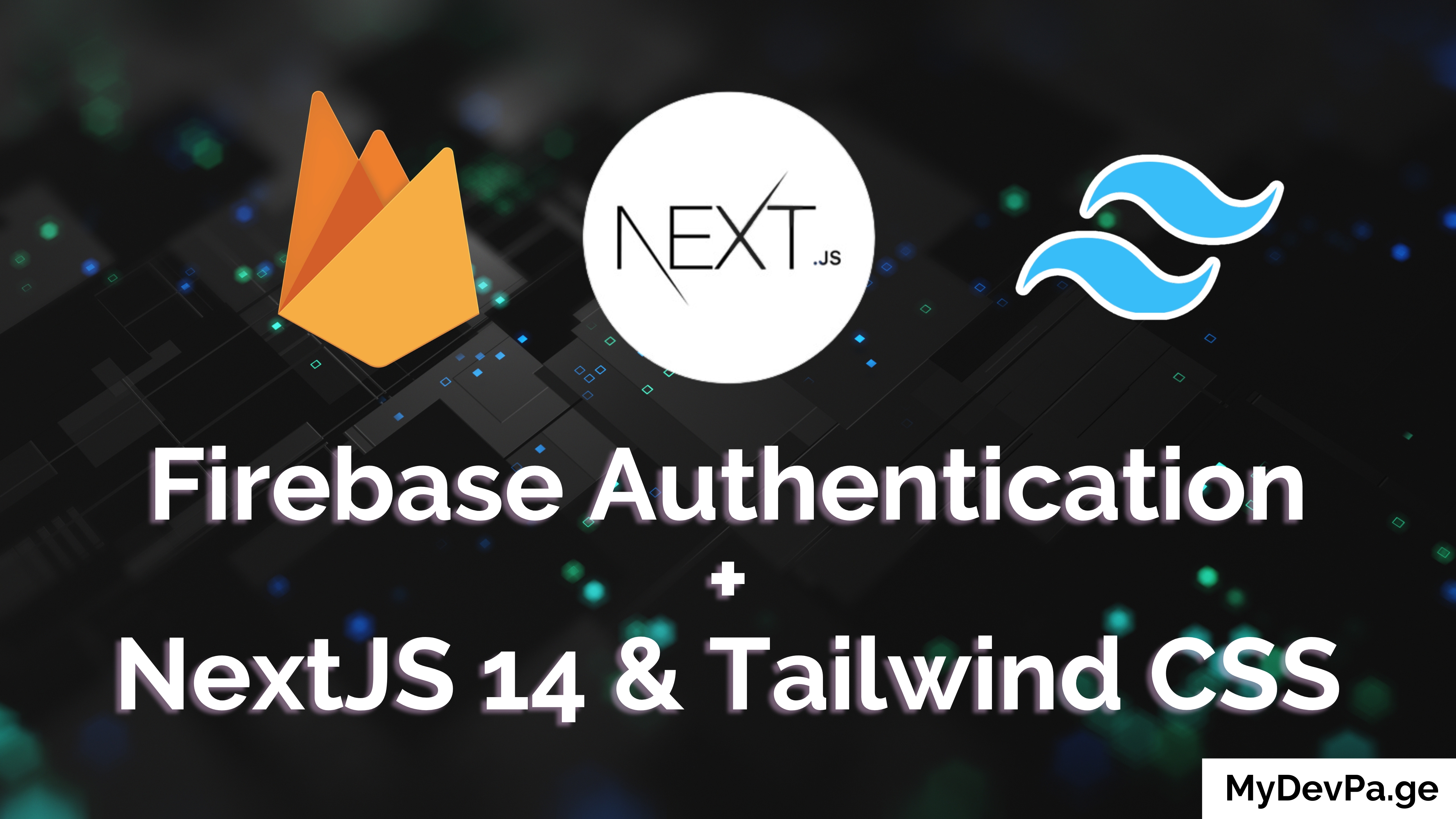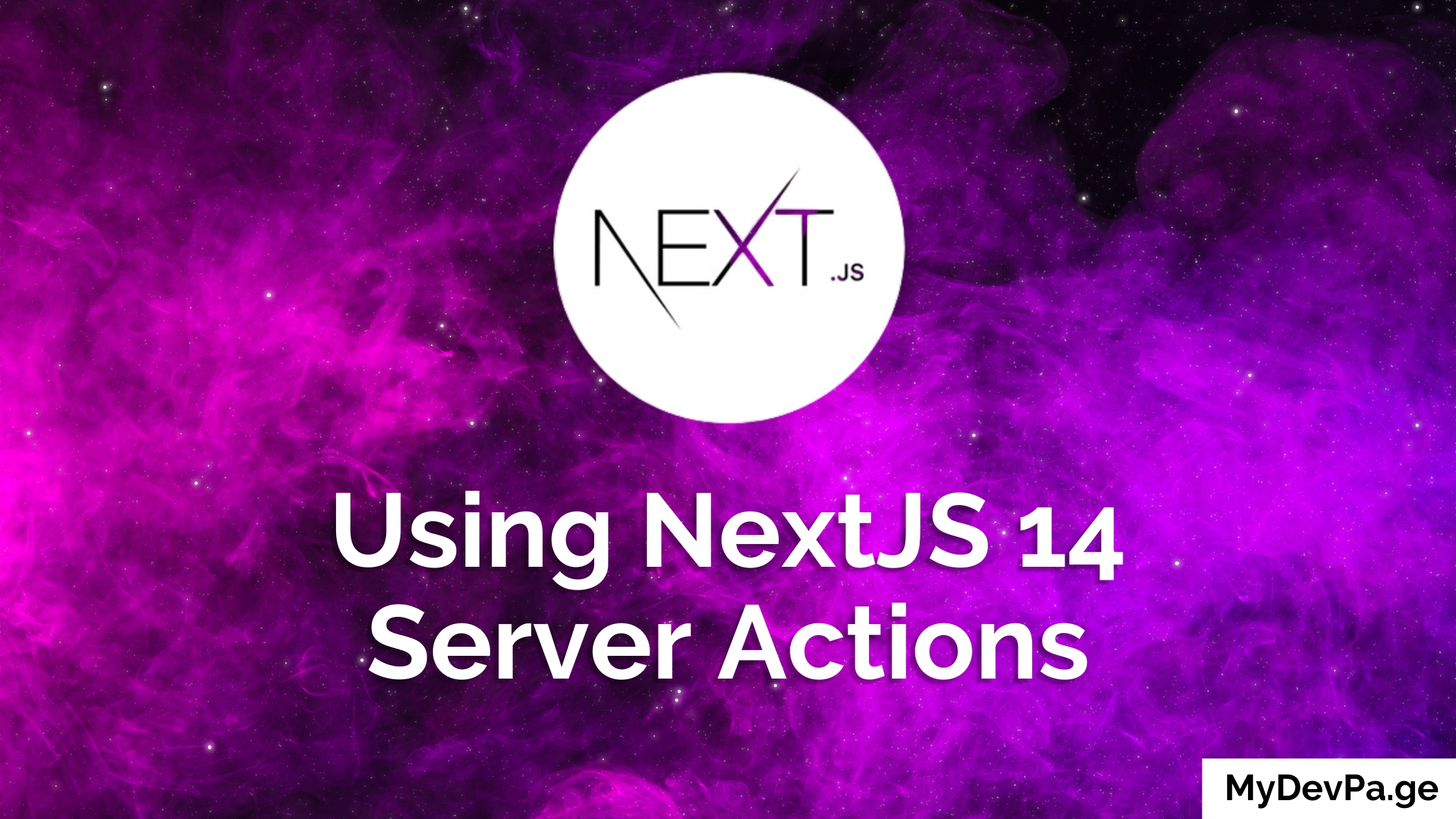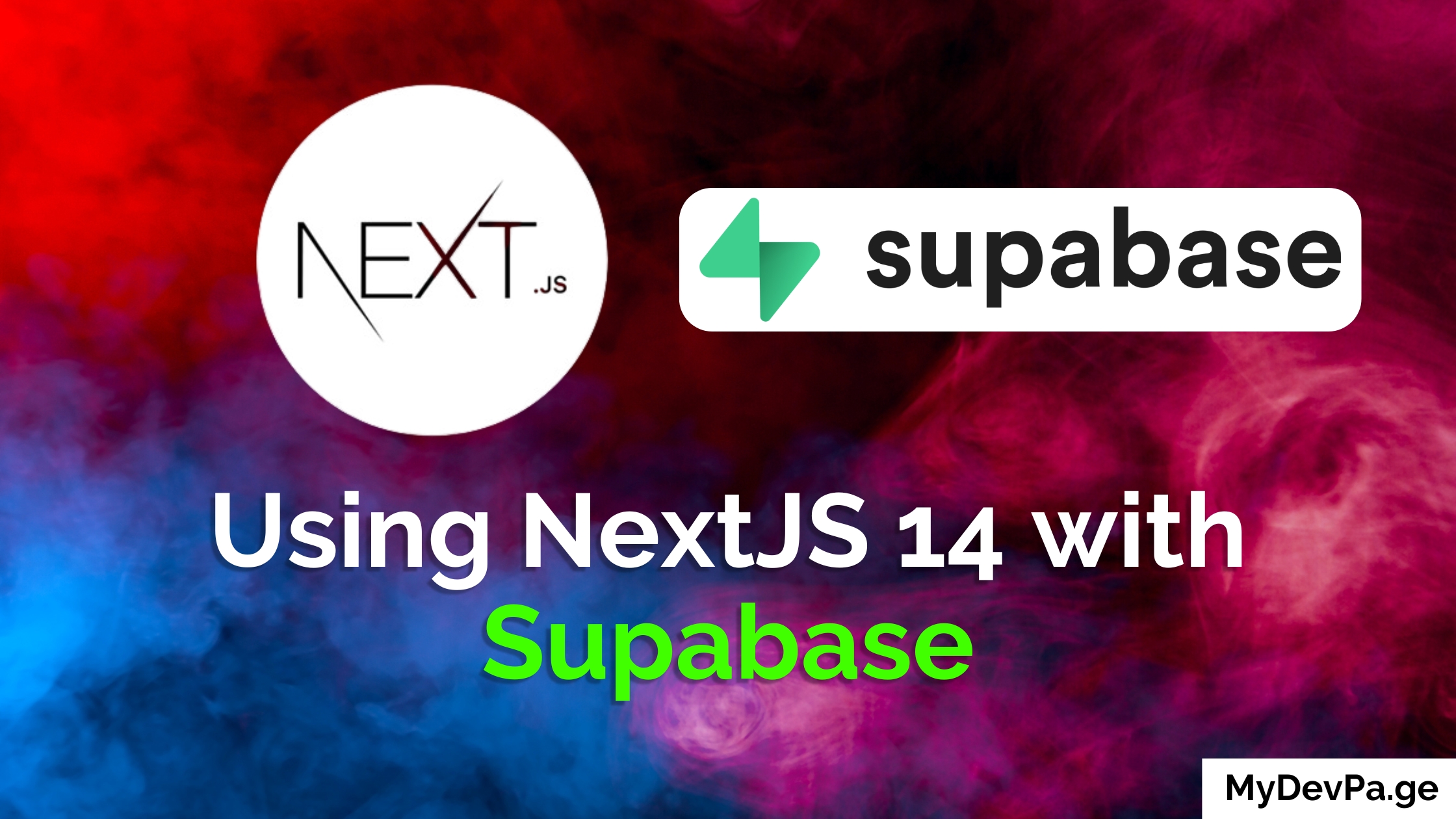In this article, we will learn all about NextJS API routes. The benefits of these serverless and optimized functions are endless. If you are a web developer, you need to read this.
Using NextJS for Frontend and Backend?
Just when you thought NextJS couldn't get any better, it keeps on getting better. NextJS 14 allows you to create API routes without needing a separate backend server. In this article, we will learn all about NextJS API Routes. Fullstack Web development became so much simpler and fun thanks to NextJS 14.
What Are NextJS API Routes?
NextJS API routes provide a more straightforward way to build your API endpoints. Traditionally, we would need to set up a separate server on a new port. But now, we can achieve the same server functionality without doing all that.
NextJS API routes are serverless functions that handle incoming HTTP requests and return responses. These routes will live in the pages/api directory of your NextJS project. It's easy to create the route but even easier to deploy since it deploys with your NextJS app altogether.
Why Use NextJS API Routes?
Let's explore the advantages of NextJS API Routes over traditional server setups:
- Simplified development: You can build your frontend and backend within the same project.
- Automatic code splitting: NextJS optimizes your API routes for performance.
- Serverless by default: Deploy your API without managing server infrastructure.
- Easy integration: Easily connect your API with your NextJS frontend components.
- TypeScript support: Enjoy full TypeScript support for type-safe API development.
Getting Started with Next.js API Routes
To start using API Routes, all you need is a NextJS app. If you don't have one, you can create a new project using:
npx create-next-app nextjs-app
cd nextjs-app
Add a file to the pages/api directory to create your first API route. For example, create pages/api/hello.js
export default function handler(req, res) {
res.status(200).json({ message: 'Hello, Next.js!' })
}
This handler creates an API endpoint at /api/hello that returns a JSON response.
NextJS API Route Structure
NextJS API Routes follow a simple structure:
- File location: API routes are placed in the pages/api directory.
- File naming: The file name becomes the route path (e.g., pages/api/users.js becomes /api/users).
- Default export: Each file exports a default function that handles the API requests.
The handler function receives two parameters:
- req: An instance of http.IncomingMessage, plus some pre-built middlewares.
- res: An instance of http.ServerResponse, plus some helper functions.
How to Handle Different HTTP Methods
You can handle different HTTP methods within the same API route, for example:
export default function handler(req, res) {
switch (req.method) {
case 'GET':
// Handle GET request
res.status(200).json({ message: 'GET request handled' })
break
case 'POST':
// Handle POST request
res.status(200).json({ message: 'POST request handled' })
break
default:
res.setHeader('Allow', ['GET', 'POST'])
res.status(405).end(`Method ${req.method} Not Allowed`)
}
}
How to Handle Dynamic API Routes
NextJS supports dynamic API routes, allowing you to create flexible endpoints. For example, you can create a user endpoint that takes in a user's id like this pages/api/users/[id].js and the handler function would look something like this:
export default function handler(req, res) {
const { id } = req.query
res.status(200).json({ id, name: `User ${id}` })
}
This creates a dynamic route that responds to requests like /api/users/1, /api/users/2, etc.
Advanced Techniques for Next.js API Routes
Middleware Implementation
You can use middleware to process requests before they reach your route handler:
import { withMiddleware } from 'your-middleware-library'
function handler(req, res) {
res.status(200).json({ message: 'Authenticated request' })
}
export default withMiddleware(handler)
Error Handling and Validation
Implement proper error handling and input validation in your API routes:
export default function handler(req, res) {
try {
// Validate input
const { name } = req.body
if (!name) {
throw new Error('Name is required')
}
// Process request
res.status(200).json({ message: `Hello, ${name}!` })
} catch (error) {
res.status(400).json({ error: error.message })
}
}
Connecting to Databases
You can connect to databases within your API routes. Here's an example using MongoDB:
import { MongoClient } from 'mongodb'
export default async function handler(req, res) {
const client = await MongoClient.connect(process.env.MONGODB_URI)
const db = client.db('your-database')
const users = await db.collection('users').find().toArray()
res.status(200).json(users)
client.close()
}
Security Considerations for Next.js APIs
Authentication and Authorization
Implement authentication middleware to protect your API routes:
import { verifyToken } from './auth'
export default async function handler(req, res) {
try {
await verifyToken(req)
// Process authenticated request
} catch (error) {
res.status(401).json({ error: 'Unauthorized' })
}
}
Rate Limiting and CORS
Use libraries like cors and express-rate-limit to add CORS support and rate limiting to your API routes. These libraries are great and help with server load and DDoS, especially if you are hosting your app on something like the Vercel free plan.
Optimizing Performance of Next.js API Routes
Caching Strategies
Implement caching to improve performance:
import { withCache } from 'your-caching-library'
async function handler(req, res) {
const data = await fetchExpensiveData()
res.status(200).json(data)
}
export default withCache(handler, { ttl: 60 }) // Cache for 60 seconds
Efficient Data Fetching
Use efficient data fetching techniques, such as pagination and selective field retrieval, to optimize your API performance.
Testing NextJS API Routes
Unit Testing with Jest
Use Jest to unit test your API routes:
import { createMocks } from 'node-mocks-http'
import handler from './api/hello'
describe('/api/hello', () => {
test('returns a message', async () => {
const { req, res } = createMocks({
method: 'GET',
})
await handler(req, res)
expect(res._getStatusCode()).toBe(200)
expect(JSON.parse(res._getData())).toEqual(
expect.objectContaining({
message: 'Hello, Next.js!'
})
)
})
})
Integration Testing Approaches
Consider using tools like supertest to test your API routes in a more realistic environment for integration tests.
Deploying NextJS API Routes
You can deploy the API routes to various platforms that support serverless functions, such as Vercel, Netlify, or AWS Lambda. The deployment process is often as simple as connecting your repository to the platform and pushing your changes.
Popular Use Cases for NextJS API Routes
- E-commerce platform backend: Handling product listings, cart operations, and order processing.
- Social media application features: Managing user posts, comments, and likes.
- Content management system API: Creating, reading, updating, and deleting content entries.
Conclusion: NextJS FullStack Development
NextJS API Routes offer a powerful and flexible way to build backend functionality directly within your NextJS application. By leveraging this feature, you can streamline your development process, improve performance, and create more maintainable full-stack applications.
As you continue to explore NextJS API Routes, remember to focus on security, performance optimization, and thorough testing to ensure your APIs are robust and reliable.
For more great articles like this signup for our newsletter below!
